A Guide to 3D Scanner Technology |
3D scanning opens up the world of possibilities. Imagine being able to capture anything in the physical world and have a digital model of it in minutes. Every day, thousands of companies are using 3D scanners and software to:
- Create CAD models of real parts to capture lost designs, update existing products and make new ones
- Verify product quality by comparing manufactured parts to CAD designs
- Make mass customized products for health care, dentistry and fashion
- Scan entire buildings to create accurate 3D models
- And much more
This is not science fiction. 3D scanners and accompanying software are now within the reach of many. Scanners are faster, less expensive and more accurate. 3D scan processing software is more automated, creates better results, and works faster than ever before.
What Are 3D Scanners?
There are many different devices that can be called 3D scanners. Any device that measures the physical world using lasers, lights or x-rays and generates dense point clouds or polygon meshes can be considered a 3D scanner. They go by many names, including 3D digitizers, laser scanners, white light scanners, industrial CT, LIDAR, and others. The common uniting factor of all these devices is that they capture the geometry of physical objects with hundreds of thousands or millions of measurements.
Why do I Need 3D Scanning Software?
Because scanners collect immense amounts of data, dedicated software like Geomagic is needed to process the output into something usable that other software can handle. Depending on what the scan data will be used for, Geomagic can do many different things to the data. The most common applications for 3D scanning are reverse engineering, inspection and digital archiving or 3D printing. Dedicated software like Geomagic is the fastest, easiest way to unlock the full potential of a 3D scanner.
How does 3D Scanners Work?
There are many different approaches to 3D scanning, based on different principles of imaging. Some technologies are ideal for short-range scanning, while others are better for mid- or long-range scanning.
Short-Range (<1 meter focal distance)
Laser Triangulation 3D Scanners
Laser triangulation scanners use either a laser line or single laser point to scan across an object. A sensor picks up the laser light that is reflected off the object, and using trigonometric triangulation, the system calculates the distance from the object to the scanner.
The distance between the laser source and the sensor is known very precisely, as well as the angle between the laser and the sensor. As the laser light reflects off the scanned object, the system can discern what angle it is returning to the sensor at, and therefore the distance from the laser source to the object’s surface.
Structured Light (White or Blue Light) 3D Scanners
Structured light scanners also use trigonometric triangulation, but instead of looking at laser light, these systems project a series of linear patterns onto an object. Then, by examining the edges of each line in the pattern, they calculate the distance from the scanner to the object’s surface. Essentially, instead of the camera seeing a laser line, it sees the edge of the projected pattern, and calculates the distance similarly.
Mid- and Long Range (>2 meters focal distance)
Laser Pulse-based 3D Scanners
Laser pulse-based scanners, also known as time-of-flight scanners, are based on a very simple concept: the speed of light is known very precisely, so if we know how long a laser takes to reach an object and reflect back to a sensor, we know how far away that object is. These systems use circuitry that is accurate to picoseconds to measure the time it takes for millions of pulses of the laser to return to the sensor, and calculates a distance. By rotating the laser and sensor (usually via a mirror), the scanner can scan up to a full 360 degrees around itself.
Laser Phase-shift 3D Scanners
Laser phase-shift systems are another type of time-of-flight 3D scanner technology, and conceptually work similarly to pulse-based systems. In addition to pulsing the laser, these systems also modulate the power of the laser beam, and the scanner compares the phase of the laser being sent out and then returned to the sensor. For reasons that are beyond this web page’s scope, phase shift measurement is more precise.
******************************************************************************************************
36 Fieldway Road,
Toronto, Ontario M8Z 3L2
Objex Unlimited is a 3D printing studio located in Toronto. We take pride in all of our products and services, offering the newest, and highest quality methods of production. With a highly skilled team of trained individuals we have no doubt that we can offer your business alternatives, which will save you work, time, and money. We use advanced 3D Printing Technology to produce Rapid Prototypes and highly detailed Concept Models directly from CAD Drawings. We can bring your CAD designs to life by creating real parts you can use and models that you can hold in your hand. Our commitment to you is to deliver in DAYS. Don’t let prototype production hold up your design cycle. Objex Unlimited is an Authorized Distributor of Artec 3D Scanners and 3D Systems Professional 3D Printers.
Phone: 416-233-7165
Email: sales@objexunlimited.com
Monday-Friday 10am-6pm EST
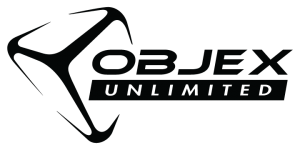








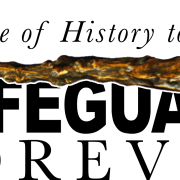

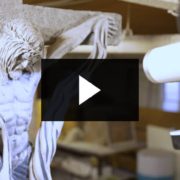

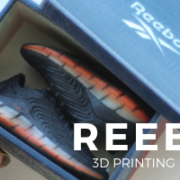

Leave a Reply
Want to join the discussion?Feel free to contribute!